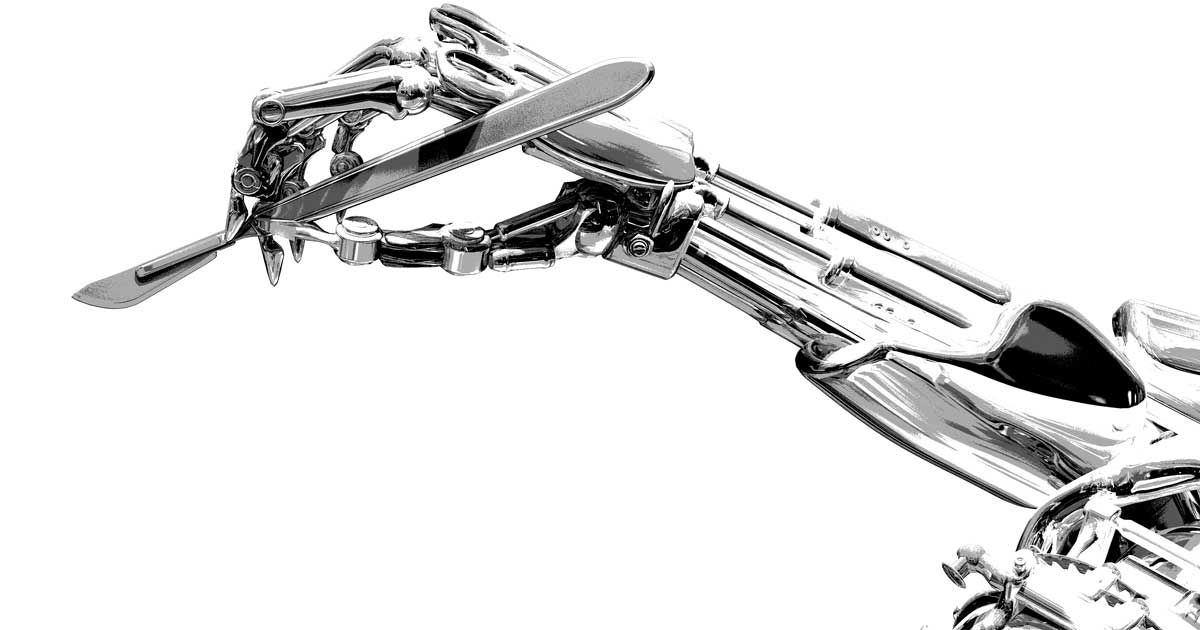26 Dec 2020
In a three-part series, vets and tech consultants Guen Bradbury and Greg Dickens have been exploring communications, smart diagnostics and smart surgery. In their final article, they estimate the profession’s surgical needs in the next five years and explain how all of us can learn to select the right tools for our practice…

Image © Corona Borealis / Adobe Stock

If you’ll forgive starting an article with wordplay, surgery has always been at the “cutting edge” of medical innovation.
Maybe it’s the emergency nature of the needs that sharpens the inventive part of the mind. Maybe we’re just less willing to put up with imperfect systems under the stress of theatre. Whatever the reason, surgical innovation has always moved fast, and the integration of digital technology into the field is poised to make some real changes over the next five years.
However, smart or not, surgery will always be about repairing a living system without shutting it down in the process. We don’t need fancy gadgets to tell us to, for example, keep a sterile field or minimise blood loss. If Halsted’s principles still apply, it becomes very easy to see improving surgery as purely about better knives.
It’s easy to try to use smart systems to revolutionise our businesses, but to do surgical procedures how we’ve always done them (albeit occasionally laparoscopically). However, as we shall see, this is one place where things that ain’t broke should most certainly be fixed.
This article focuses on smart surgery – that is, surgical innovation with a significant digital component. As a result, we have deliberately ignored recent advances in surgical materials, bio-coatings, infection control and many more. These are all fascinating and worth discussion, but we have a word limit. Apologies.
Consider the four scenarios in the panel below.
The value of smart surgery is in improving surgical outcomes. It sounds like a useless platitude until we consider that the outcomes of surgery extend beyond just the patient surviving. By making use of data gathered outside of theatre, smart surgical systems can improve return to function, speed of surgery, surgeon stress, teamwork, owner satisfaction, postoperative compliance and, yes, the odds of the patient surviving. Let’s very quickly talk about how with some example surgeries:
These examples may seem a little tame to some, and, sure, more exciting visions are out there of the future of smart surgery. We’ve missed out, for example, on the flashy world of autonomous surgical robotics, wherein fully automated robots can plan and execute entire surgeries from first incision to the final layer of sutures. Despite their use in some UK practices already, personalised metal implants also didn’t quite meet our criteria for smart surgery tools, so we’ve left them out, too.
Also, as exciting as auto-surgery and 3D-printed titanium are, their widespread availability in the veterinary sphere is likely more than five years out. And, tele-surgical “robots”, such as those offered by da Vinci, are still more than £1 million apiece, so we’re not considering those here, either.
The four examples we chose are already either on the shelf, or about to launch in human medicine at a reasonable cost, which makes it more likely that they’ll make a timely and affordable veterinary debut.
As in the communications and smart diagnostics articles, our aim is to provide a look at what’s coming, and try to offer some guidelines for selecting the right tools for your practice. Smart surgery presents a difficulty here for two reasons:
With both of those in mind, look for solutions that:
Smart surgery will, one day, be a utopian activity where any surgeon can do any surgery and get the best outcomes. In the next five years, while we won’t get all the way there, we are likely to get opportunities to make surgery a bit faster, safer and easier.
To get the most value out of smart surgery for your practice, make sure you select tools that fit into your workflow (real, not idealised), that are modular, and that talk to each other effectively.
Also, keep an eye out for open standards for veterinary smart surgical tools. They’ll be coming if we’re lucky.